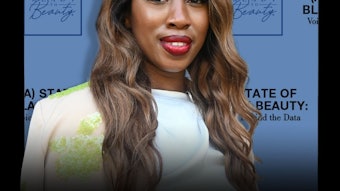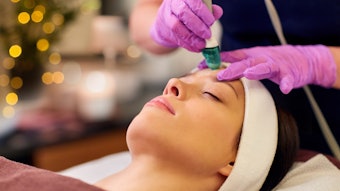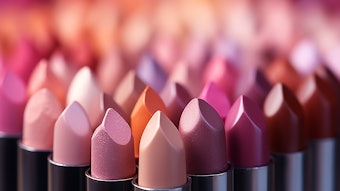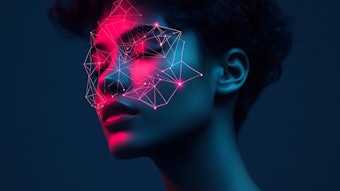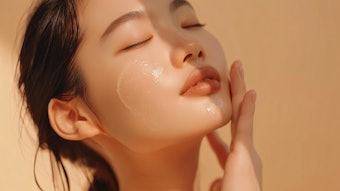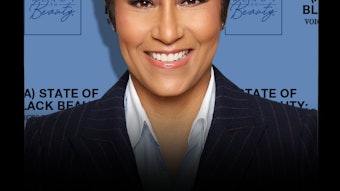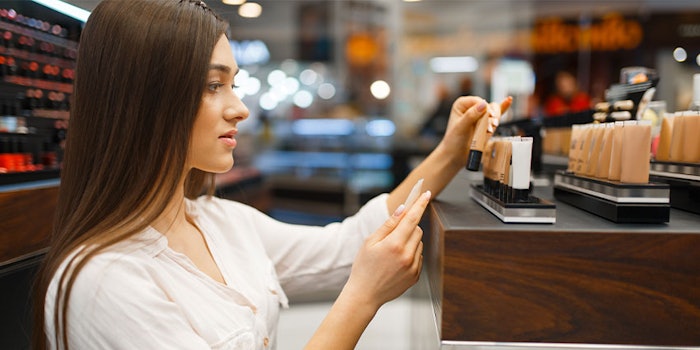
I work as a strategist for the branding agency Robot Food, and the most visible aspect of our work is often the packaging. As a beauty lover myself, I get that—we like nice-looking things. But whoever said beauty is only skin- or packaging-deep never tried to sell their beauty brand to savvy consumers.
It’s all about making a connection
Even the glossiest pack can’t win out over substance, and I’m not just talking about the product within the pack. People want an experience with a brand that reflects them. I know that for me, as a customer, the products that stand out are the ones that make me feel seen and understood.
Let’s face it, it’s never as simple as covering up a blemish or boasting dewy skin. It’s about what those things enable us to do in our lives; the confidence to boss that meeting or spending 20 minutes out of the day totally dedicated to you and you alone. Brands that succeed are the ones that speak our language, understand our lifestyles and maximize every touchpoint to communicate a deeper understanding.
Think about Glossier’s pared-down yet playful range and how it’s perfectly supported through the brand’s aesthetic and modes of communication. Or the Gen-Z skin care sensation Starface, which trades on the revolutionary idea: Why hide a spot when you can have fun with it?
Brands like these aren’t following any drummer, they’re here to be authentically who they are, and as customers, we respond to that. I look at it like this; if I’m walking through an aisle (or browsing through my feed) and a product comes up that makes me think, “Wow, same!” that’s the hook. If the brand can then deliver on that understanding through product, I’m a convert.
Each consumer is different
For brands, identifying this point of connection is imperative. Understanding how my “same!” moment is different than someone else’s is where the opportunity lies. Solving a problem that is genuinely affecting your target audience, rather than ticking a box, is the single-most important thing any beauty or wellness brand can set out to do. It’s the key factor in helping brands build authenticity and trust.
Note, however, that authenticity in the beauty space doesn’t have to be deep and meaningful, especially if that’s not your brand. With beauty and wellness, a brand’s aesthetic or signature style is often what customers buy into most. Think Bobbi Brown’s understated antithesis to overdone color versus the Hollywood glamour of queen-of-sheen, Charlotte Tilbury. It goes beyond the quality of the box or the product color inside to become a reflection of style and a marker of identity.
So, yes, visual identity plays an important role in beauty and wellness branding, and there’s no denying the product’s influence on what customers externally project. But ultimately, brands looking for longevity have to play both sides: they have to look as good as they want people to feel, and they have to put their money where their mouth (or at least lip print) is.
By solving problems rather than ticking boxes, and by developing their product and their overall face to the world with an authentic mindset, beauty brands can stop trying to disrupt for the sake of it and start finding the loyal customers that need and want them.
Natalie Redford is a creative strategist at Robot Food, an independent branding agency helping global FCMG clients create compelling consumer-led brands, grounded in disruptive, strategic thinking. Robot Food has worked with the likes of Co-op, Healist, Bulk and created for themselves the tattoo skin care brand Stories & Ink.


